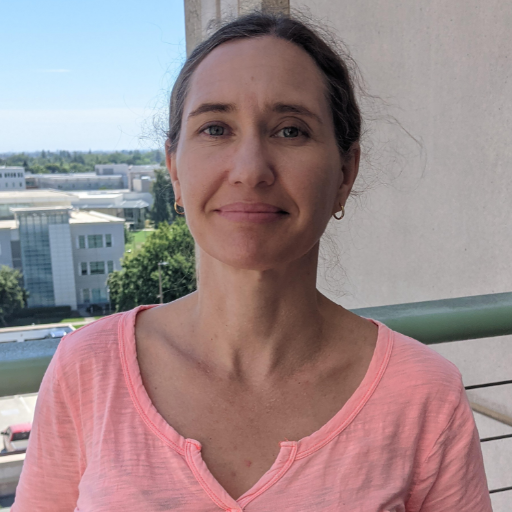Nuclear Material Transfer in Pathogenic Protein Spreading

About the Research Project
Program
Award Type
Standard
Award Amount
$300,000
Active Dates
July 01, 2023 - June 30, 2026
Grant ID
A2023017S
Goals
Spreading of pathogenic protein aggregates in neurons causes progression of Alzheimer’s disease and many genetic and age-related neurological disorders. This project will investigate a previously unrecognized population of Sox-10 lineage cells that transfer nuclear and ribosomal material to neurons and their role in pathogenic protein spreading. Our research will advance our understanding of the mechanisms underlying pathogenic protein spreading with the aim to develop novel therapies to treat Alzheimer’s disease and other devastating disorders of the nervous system.
Summary
In Aim 1, we will use RNA-seq to determine molecular profiles of Sox10-lineage oligodendroglia (SOL) that transfer nuclear material to neurons and identify common characteristics of receiving neurons. We will identify signaling pathways engaged in SOL-neuron interaction and transcriptional changes in response to neuroinflammation. In Aim 2, we will examine the role of SOL in pathogenic protein spreading. We will use transgenic mice with controlled overexpression of mutant TDP-43 in SOL to evaluate the effects on brain pathology and behavior in relation to Alzheimer’s disease.
Unique and Innovative
Our project is the first to investigate the mechanism of previously unknown oligodendroglia-neuron material transfer with the aim to understand its role in the process of pathogenic protein spreading in neurodegenerative disorders such as Alzheimer’s disease. The scientific ideas to be explored here are conceptually novel and highly relevant to the development of new therapeutic strategies for the treatment of Alzheimer’s disease.
Foreseeable Benefits
Completion of our study will provide novel insights into mechanisms of oligodendroglia-neuron material transfer and elucidate its role in pathogenic protein spreading. This knowledge will lead to a better understanding of Alzheimer’s disease (AD) pathology and mechanisms underlying AD progression. Identifying the process of protein spreading will improve diagnostic methods and aid the development of novel therapeutic interventions for AD. Our research will help unravel the complex interactions between different cell types in the brain in neurodegenerative diseases.
Grants
Related Grants
Alzheimer's Disease Research
Decoding the Role of an Alzheimer's Causal Gene in Distinct Brain Cell Types
Active Dates
July 01, 2024 - June 30, 2027

Principal Investigator
Willem Annaert, PhD
Decoding the Role of an Alzheimer's Causal Gene in Distinct Brain Cell Types
Active Dates
July 01, 2024 - June 30, 2027

Principal Investigator
Willem Annaert, PhD
Alzheimer's Disease Research
Evaluating the Role of the TDP-43 Protein in Alzheimer's Disease Pathogenesis
Active Dates
July 01, 2024 - June 30, 2027

Principal Investigator
Mercedes Prudencio, PhD
Evaluating the Role of the TDP-43 Protein in Alzheimer's Disease Pathogenesis
Active Dates
July 01, 2024 - June 30, 2027

Principal Investigator
Mercedes Prudencio, PhD
Alzheimer's Disease Research
Drivers of Vulnerability to Alzheimer’s Disease Neuropathological Changes
Active Dates
July 01, 2022 - June 30, 2025

Principal Investigator
Nicole Liachko, PhD
Drivers of Vulnerability to Alzheimer’s Disease Neuropathological Changes
Active Dates
July 01, 2022 - June 30, 2025

Principal Investigator
Nicole Liachko, PhD



